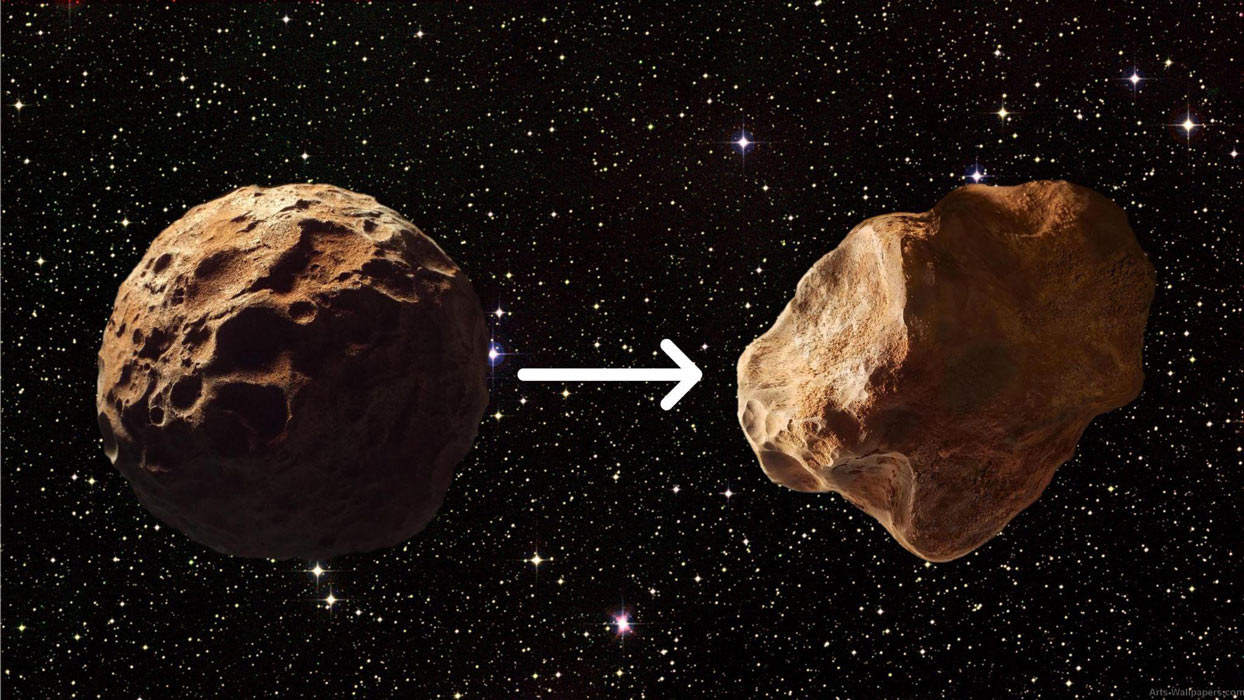
By participating in one of the largest-ever asteroid shadow hunts, citizen scientists who are part of the Unistellar network decisively contributed to reshaping our knowledge of Eurybates. Eurybates is a Trojan asteroid that NASA's Lucy probe will study. These unique citizen science results were presented on November 11 by Franck Marchis, a senior planetary astronomer at the SETI Institute and Unistellar’s Chief Scientific Officer at Les Rencontres Ciel & Espace, a major astronomical conference held in Paris. The SETI Institute is Unistellar’s scientific partner, helping citizen scientists make meaningful contributions to astronomy.
“Despite the complicated weather, the perseverance of more than 250 people who attempted to observe the event early in the morning was rewarded,” said Marchis. “The positive detections suggest that Eurybates has a complex shape and potentially a large crater. That's a significant discovery that will help the Lucy team to prepare the flyby in 2027. Citizen astronomy gives people with or without a telescope an opportunity to contribute to space exploration while reconnecting to the cosmos, something most of us are longing for.”
Lucy is the first mission to explore small outer solar system asteroids known as Trojans. Trojans orbit the Sun in front of and behind Jupiter and are the same distance from the Sun as Jupiter. Because of the Sun's and Jupiter's gravitational influences, they are in stable orbits and provide a sample of the remnants of the early solar system. Lucy launched in October 2021 and will reach the Trojan cloud in 2027.
At 4 a.m. CET on October 23, 320 citizen scientists across Europe turned their telescopes toward Eurybates, waiting for it to occult, or pass in front of a distant star. The group of observers, mobilized by the Association Française d'Astronomie (AFA), included 31 Unistellar Network members who shared their data with astronomers at the SETI Institute for analysis. These and other scientists could pick out subtle details from the asteroid's shadow to create a new shape model for Eurybates.
“The combined observations of 18 positive occultations reveal a complex shape for Eurybates, including the presence of concavities that suggest the existence of large craters,” Marchis said.

These concavities mean Eurybates is shaped like a peanut instead of the ball-shape astronomers had previously assumed. That's important information for the Lucy mission, which will visit Eurybates in 2027. These asteroids, which date back to the beginning of our Solar System, have never been studied up close before. Therefore, the Lucy mission could reveal new insights about asteroid formation and how the Solar System came to be.
Citizen scientists and members of the Unistellar network will watch the sky for the next few years as Lucy approaches its targets. There may soon be more opportunities to observe these asteroids, so keep an eye out for your chance to participate!





